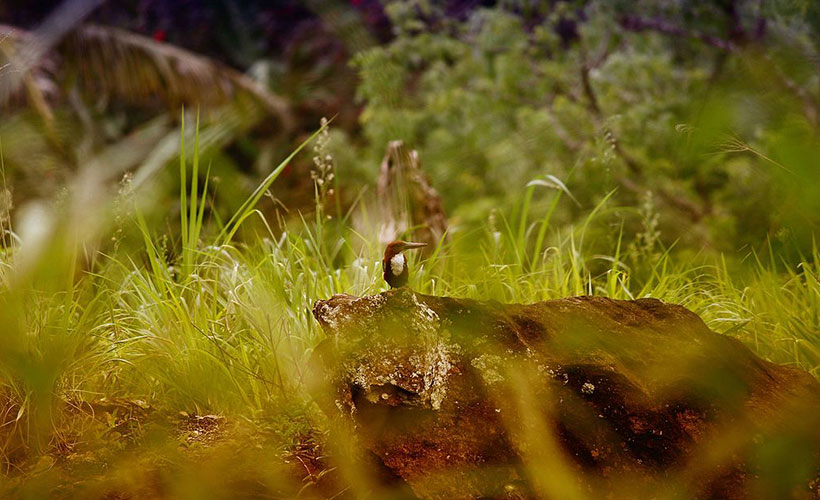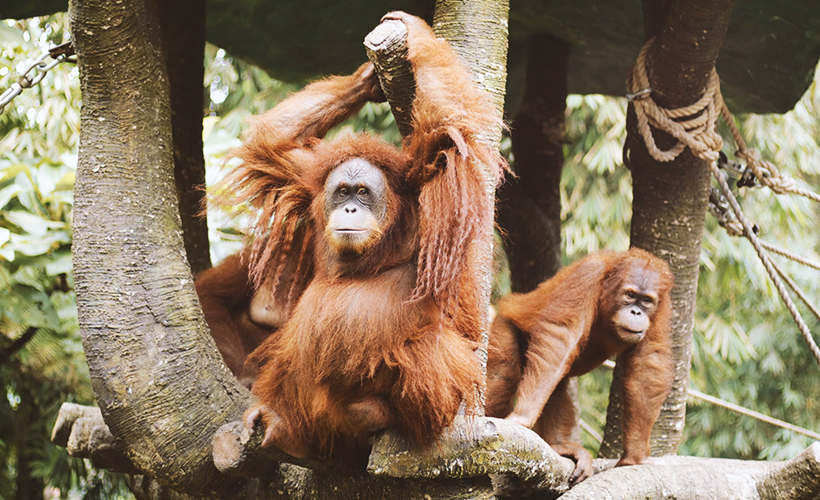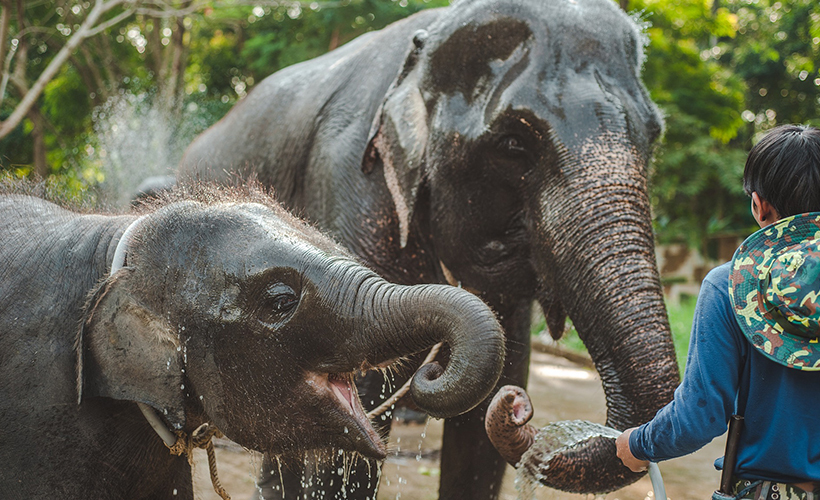
Taking a ride on the back on an elephant might seem like a unique and exciting thing to do when you are travelling in Asia. More and more it is becoming clear that these friendly elephants taking tourists for rides are often being treated very poorly – sometimes even cruelly.
Elephants used to transport people or in circus shows are often taken captive from the wild. Young calves are taken from their mothers and undergo something called ‘the crush’. These animals are locked in cages and beaten until they become submissive and trainable for our enjoyment… they literally crush the spirit of these animals. Once the animal’s spirit is broken their captors start to feed them and train them creating a domesticated animal from a wild one. The elephants do as they are ‘told’ in order to survive. The only way to put an end to this kind of treatment is to observe ethical tourism activities and re-align our interactions with these animals to focus on their well-being instead of our pleasure.
So, why not just boycott all elephant-related activities?
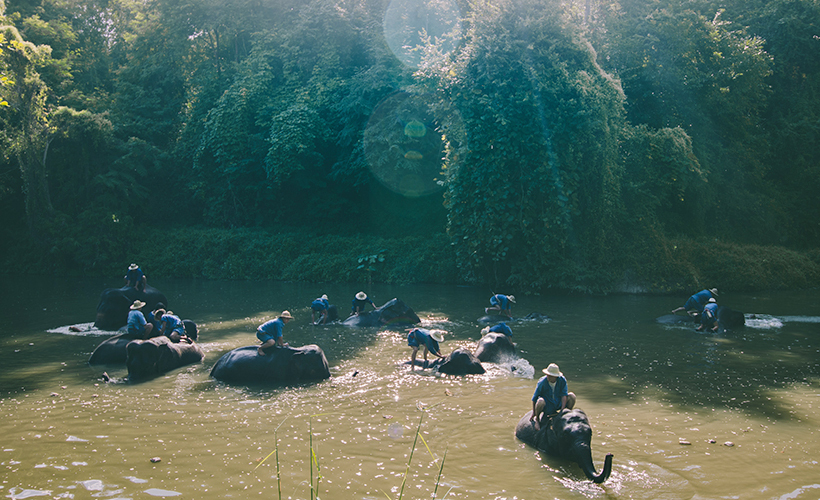
Well, in Thailand there are believed to be less than 5,000 elephants left. Between 3,000 and 4,000 of these elephants are in captivity. The same numbers are seen throughout Asia with only about 40,000 elephants left on the continent – and about 30% of them being in captivity. While in Thailand the elephants in the wild are protected, there are now laws to protect elephants in captivity. On top of that, there isn’t enough open land to set the captive elephants free.
These elephants often have traditional carers called ‘mahouts’ and since using elephants for logging is no longer an option (since 1989), the mahouts need to find a way to fund the care of the elephants as well as to support their own families.
Tourism is a good way for mahouts to make enough money to take care of their families and their animal.
Travel websites like TripAdvisor are doing their part and have already stopped promoting tours that allow tourists to touch wild animals. Now, how can you get involved with ethical elephant interaction?
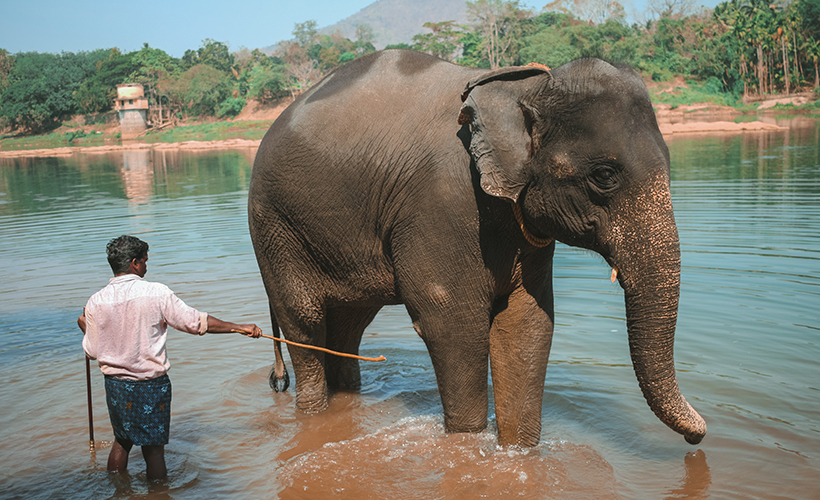
1. Make an informed decision
Do your research on the elephant sanctuaries that you want to visit and find out as much as you can about them beforehand. Be aware that sometimes places say that they treat their animals ethically, but the reality is far from it. An internet search and look at reviews will tell you whether a company actually offers elephant rides while they tell you that they don’t.
Some smaller places or individual mahouts probably do not have a website or work with a travel agency. To find them, you can chat with other travellers in the area in order to find them by word of mouth.
EARSAsia (Elephant Asia Rescue and Survival Foundation) provides a list of organisations in the are that focuses on ethical treatment of elephants.
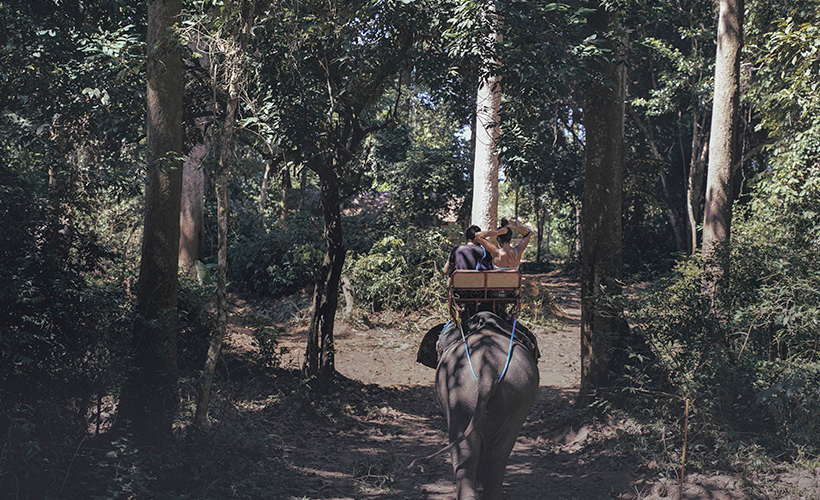
2. Assess the situation once you arrive
Look around to see if there are any chains or bullhooks. Look at the elephants to see if they look happy and healthy with no sores in their ears or mouths, on their heads or armpits.
If the elephants are engaging in activities that aren’t natural to them, like dancing or painting or doing tricks you can be certain that they have been trained to do these things.
They are also not meant to wear chairs on their backs and carry tourists. While these animals are massive their backs can only carry about 150 kilograms for four hours. If you consider that the chair weighs about 50 kilograms and they are made to work 8-hour shifts it becomes clear why riding elephants is not a worthwhile experience.
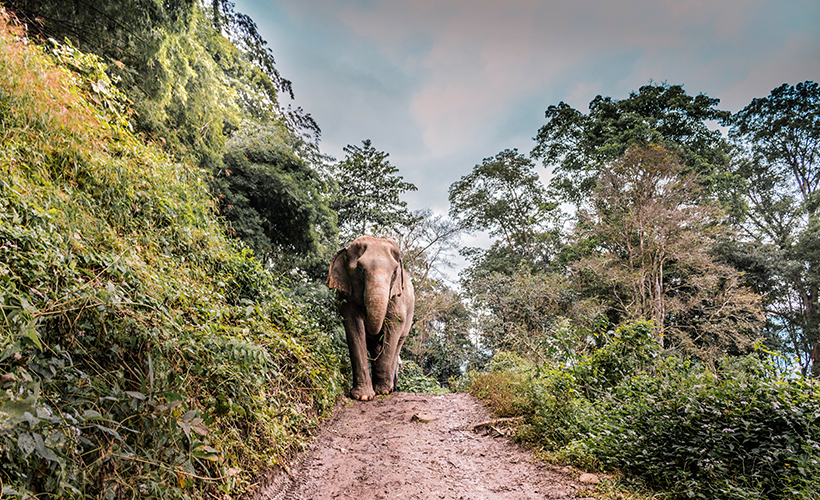
Behaviour and signs of happy and well-treated elephants:
· Their tails swish from side to side.
· Their trunks and toenails are moist, which means they are well hydrated.
· Their ears flap.
· They stay standing steady instead of laying down, sitting or swaying from side to side while standing
· They move around a lot, but gently and calmly with no signs of stress.
· Their eyes produce tears to lubricate and protect their eyes.
· They poop (eeep!) a lot – about 50 kilograms a day! The poop of a healthy elephant should look and smell like the grass, leaves, and crops that they eat.
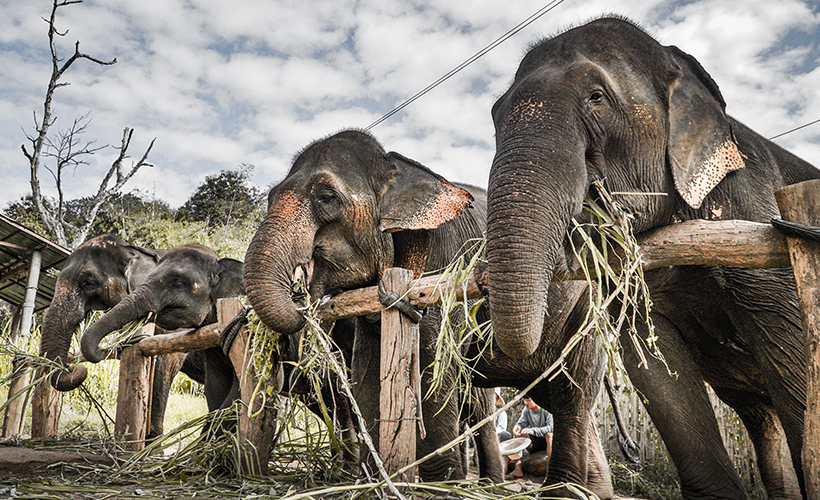
3. Give the elephants love and care
Elephants can suffer from post-traumatic stress disorder and elephants who were previously used to entertain people are likely to still carry the hurt from their abuse. Be gentle with these creatures and approach them with caution. Don’t frighten them. Once they are comfortable with you, you can touch them and pet them. They might even allow you to clean their skin or give them a mud bath.
Elephants need a massive amount of food each day – they eat for up to 16 hours every day! You can help by feeding them – the sanctuary will show you how to prepare their food and give it to these amazing creatures.
In a world where we are becoming more and more eco-conscious, where we want to engage in ethical travel activities, it might seem like avoiding any tourism activity that has to do with elephants is the best thing to do. However, the reality is that these animals need the money that we would spend on engaging with them in order to live happy and healthy lives. The responsibility on tourist is to decide where their Baht will make the most difference to these majestic creatures.

